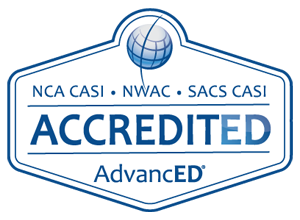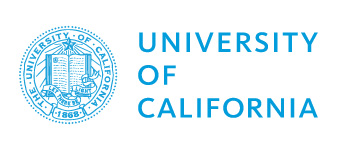
INTEGRATED MATH 1, PART 2
Price: $125 | Credits: One Semester | Dept: Math | Course ID# 231-2
This course is the equivalent of the second semester of Integrated Math 1, and begins with a discussion of basic statistics, and methods for organizing and interpreting data. The course also includes an introduction to the basics of geometry, including definitions of the building blocks of geometry, like points, lines, rays, planes, and angles, as well as methods for finding the distance and midpoints of segments on the coordinate plane. Perimeters and areas of polygons are covered, as well, from triangles and parallelograms, to trapezoids and kites, in addition to formulas and methods for finding the perimeter and area of any regular polygon, regardless of the number of sides. The course also covers the basics of logic and proofs, including the concepts of conditional statements, inductive vs. deductive reasoning, and common postulates and properties. The implications of parallel and perpendicular lines are discussed in the course, including how to write linear equations for each, as well as how to interpret the angles formed by parallel lines and a transversal. The course also covers transformations of graphs on the coordinate plane, as well as methods for proving triangles congruent, and the implications of congruent triangles. Integrated Math 1 is approved by the University of California A-G as mathematics (category C).
LEARNING OBJECTIVES
- To analyze and arrange data so it can be processed for predictions and patterns, including the use of measures of central tendency, as well as box and whisker plots, and two way tables.
- To identify and understand the building blocks of geometry, including points, lines, planes, as well as the types of angles, angle pairs, and to find the distance and midpoint of lines on a coordinate plane.
- How to find the perimeter and area of varying shapes, including regular and non-regular polygons, triangles, parallelograms, trapezoids, rhombuses, and kites.
- To use logic to build and understand proofs in geometry, including an understanding in conditional statements, inductive vs. deductive reasoning, common postulates and properties, as well as the different types of proofs.
- To identify and interpret parallel, perpendicular, and skew lines, including the ability to write linear equations of parallel and perpendicular lines, as well as to identify the angles formed by parallel lines and a transversal.
- To solve exponential and radical functions, and to graph growth and decay functions, along with simplifying radicals and zero and negative exponents.
- To graph and understand transformations, including translations, rotations, dilations, reflections, as well as compositions of transformations, in which more than one transformation occurs.
- To understand and to identify the various types of triangles, including isosceles and equilateral triangles, as well as what makes two triangles congruent, and the ability to prove triangle congruence by varying methods, including the SSS, ASA, SAS, HL, and AAS methods.
TOPICS COVERED
- Mean, Median, Mode, Range, and Standard Deviation
- Box and Whisker Plot
- Distributions – Right, Left, and Zero Skewed
- Two Way Tables
- Quantitative vs. Qualitative Data
- Points, Lines, Rays, Segments, and Planes
- Line Segments – Distance and the Segment Addition Postulate
- The Distance Formula
- The Midpoint Formula
- The Coordinate Plane – Area and Perimeter
- Types of Angles
- Pairs of Angles
- Perimeters of Polygons
- Areas of Triangles
- Areas of Parallelograms
- Areas of Trapezoids
- Areas of Rhombus and Kites Page
- Areas of Regular Polygons
- Conditional Statements, Converse, Inverse, and Contrapositives
- Inductive vs. Deductive Reasoning
- Point, Line, and Plane Postulates
- Reflexive, Symmetric, and Transitive Properties
- Types of Proofs – Two Column, Flowchart, & Paragraph
- Parallel, Perpendicular, & Skew Lines Defined
- Parallel Lines & Transversals – The Angles They Form
- Identifying Parallel and Perpendicular Lines
- Writing Linear Equations – Parallel Lines
- Writing Linear Equations – Perpendicular Lines
- Translations
- Rotations
- Dilations
- Reflections
- Compositions of Transformations
- Types of Triangles
- Congruent Polygons
- Equilateral and Isosceles Triangles
- Proving Triangles Congruent by SSS and ASA
- Proving Triangles Congruent by SAS, HL, and AAS
- CPCTC
























